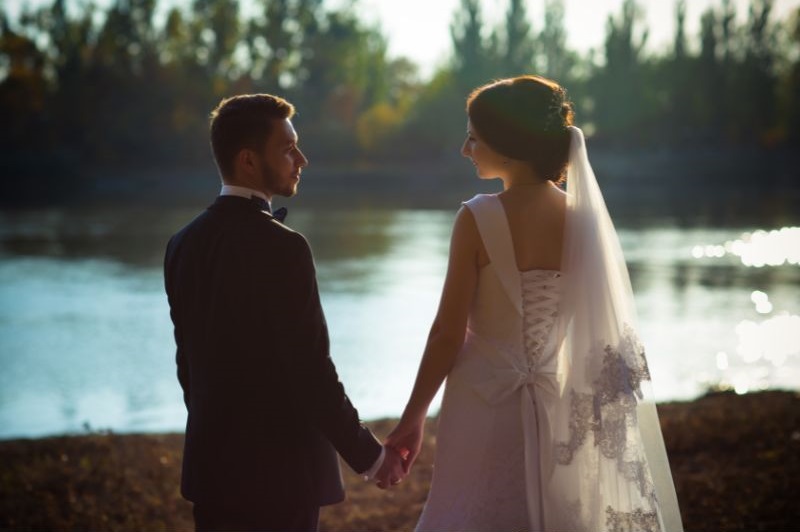Your wedding day is one of the most photographed moments of your life, and naturally, you want to look amazing in every shot.
The good news?
Looking good in wedding photos isn’t about being a natural model—it’s about understanding a few key tips and working with your photographer to capture the real, beautiful you. Whether you’re worried about feeling awkward in front of the camera or simply want to ensure your wedding pictures turn out stunning, this guide will help you feel confident and look your best.
Most people aren’t used to being photographed all day long, and that’s totally normal. The key to gorgeous wedding photography is a combination of preparation, communication with your professional photographer, and knowing a few easy fixes that can make a world of difference.
From mastering flattering angles to choosing the best lighting, these wedding photography tips will help you create portraits you’ll treasure forever.
Start with Your Engagement Session as a Trial Run
One of the smartest things you can do to prepare for your wedding day photos is to schedule an engagement session. Think of your engagement shoot as a dress rehearsal for the real thing—it’s an opportunity to get comfortable in front of the camera, learn what poses work best for you, and build rapport with your photographer. During this photo session, you’ll discover which angles are most flattering, how to position your body naturally, and what makes you feel confident when being photographed.
You’ll know what to expect, how your photographer directs you, and which poses make you both look and feel your best. If you’re planning your engagement session, check out what to wear for engagement photos to ensure you’re styled perfectly.
Practice Before Your Wedding for Camera Confidence
When you treat your engagement shoot as a trial run, you remove the pressure from your wedding day. You’ll have already learned how to relax, how to interact naturally with your partner in front of the lens, and how to trust the process. This practice session helps you identify any concerns early—maybe you realize you need to work on keeping your eyes open in bright light, or perhaps you discover that certain poses feel more comfortable than others. These insights are gold when your big day arrives.
Smart Strategies for Family Photos and Group Shots
While your engagement session prepares you for intimate couple portraits, your wedding day will also include larger group shots with family and friends. Group photos require a different approach and a bit of strategy to ensure everyone looks their best. Your photographer will arrange people in a slight arc or V-shape rather than a straight line to keep everyone equally close to the camera and prevent distortion, with taller people in the back or center. Plan these sessions during good light if possible, and keep each grouping moving quickly so people don’t get tired or bored.
Choose the Right Lighting for Flattering Photos
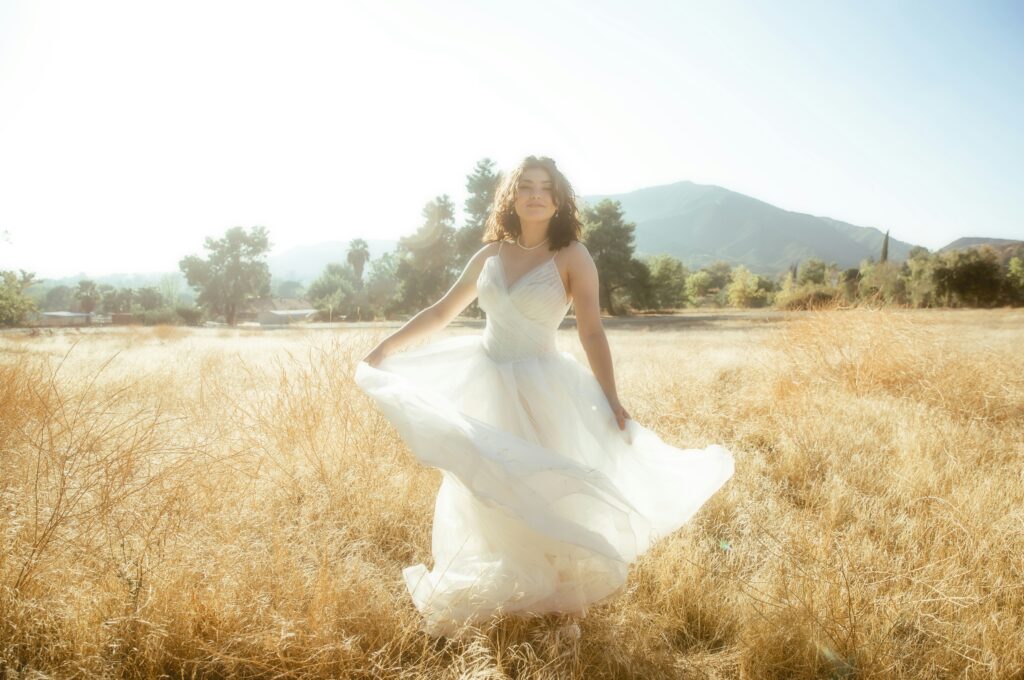
Lighting can make or break a photograph, and understanding the best lighting situations will help you plan your wedding day timeline strategically. Natural light, particularly during golden hour (the hour before sunset), creates the most flattering photos. This soft, warm light minimizes harsh shadows, evens out skin tones, and adds a romantic glow to every shot. When planning your ceremony and photo session times, work with your photographer to take advantage of these magical light conditions.
Harsh overhead sunlight at noon creates unflattering shadows under your eyes and nose, while indoor fluorescent lighting can cast an unflattering color on your skin. If your ceremony takes place during less-than-ideal lighting times, don’t worry—your photographer knows how to find shade, position you correctly, and use reflectors or flash to create beautiful light.
The Best Lighting Situations for Wedding Pictures
- Golden hour: The hour before sunset offers warm, soft, directional light
- Open shade: Position yourself in the shade of a building or tree to avoid harsh overhead sun
- Overcast days: Cloudy skies act as a natural diffuser, creating even, flattering light
- Window light: For indoor shots, position yourself near large windows for beautiful, natural illumination
- Avoid midday sun: If shooting during peak sun, find shade or wait for better light
Master Your Posture and Body Positioning
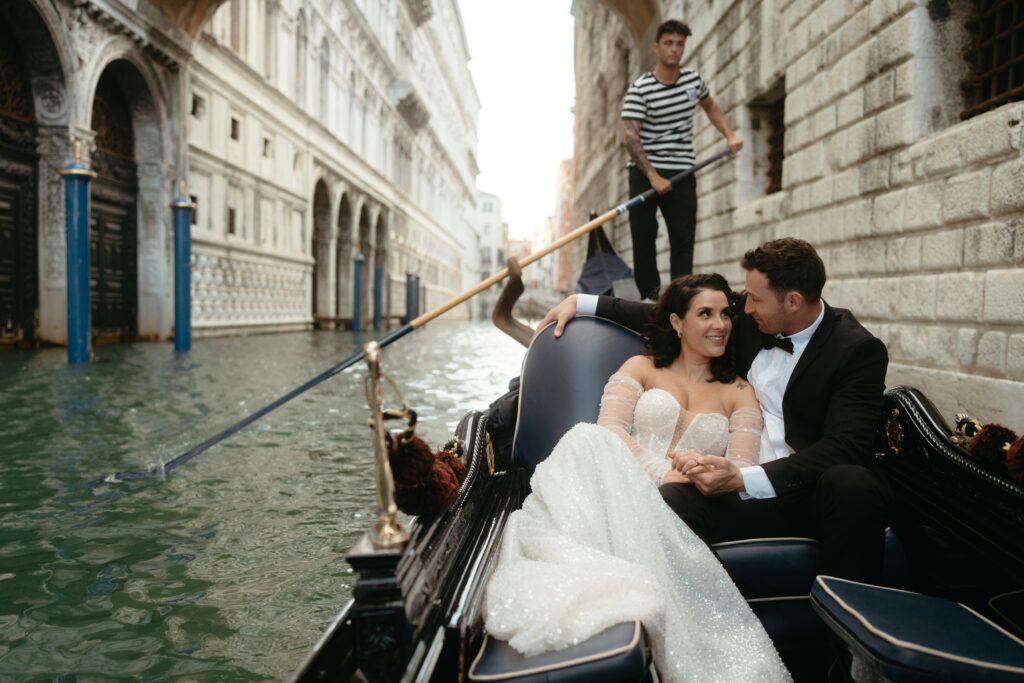
Good posture instantly makes you look more confident and feel natural in your photographs. Stand up straight with your shoulders back, but avoid looking stiff or military-straight. Think about elongating your spine and neck, which creates a more elegant silhouette in your wedding dress. When standing, shift your weight to your back leg and angle your body slightly rather than facing the camera straight on—this creates a more dynamic and flattering pose.
Your arms should never hang straight down at your sides, which can make them appear wider and create a stiff look. Instead, create space between your arms and your body by placing your hands on your hips, holding your bouquet, or gently touching your partner’s arm.
These small adjustments create more interesting lines in the photograph and help you look relaxed rather than awkward. For more detailed guidance, explore how to pose for wedding photos for specific techniques that work.
The Belly Button Rule
Here’s a simple trick that professional photographers use: point your belly button toward the light or toward your partner. This technique ensures your body is angled in the most flattering way and helps you avoid the dreaded “flat” look that comes from facing the camera dead-on. When you’re photographing weddings, this subtle turn of the body creates dimension and makes everyone look slimmer and more dynamic in the frame.
Avoid the Double Chin
One of the most common concerns people have is avoiding a double chin in photos. The fix is surprisingly simple: push your forehead slightly forward and down toward the camera. It feels a bit strange at first—like you’re a turtle stretching your neck—but it creates a beautiful jawline in photographs. Your photographer will often call this “bringing your chin forward” or “giving me your forehead,” and while it feels exaggerated in real life, it looks perfect in pictures. Practice this in front of a mirror at home to get comfortable with the movement.
Why Every Bride Needs a Makeup Trial Run
Schedule a trial run with your hair and makeup artist several weeks before your wedding day. Bring photos of looks you love and discuss what works best for your face shape, skin tone, and wedding theme. During this trial, take photos in different lighting—both indoor and outdoor—to see how everything translates to the camera.
Bring those trial photos to your photographer or review them critically on your phone. You’ll see what works and what needs adjustment before your big day, ensuring you feel confident in front of the camera.
Make Up Tips for Stunning Wedding Pictures
- Go slightly more dramatic than everyday makeup: Photography flattens features, so bolder makeup appears natural in photographs
- Define your eyes: Well-defined eyes with quality mascara prevent you from looking washed out in group photos
- Use long-wearing formulas: Your makeup needs to last through the ceremony, family photos, and first dance
- Waterproof is essential: Prevent smudging during emotional moments with waterproof mascara and long-lasting lip color
- Highlight strategically: Highlighter on cheekbones and brow bones catches light beautifully in photos
- Pack blotting papers: Keep shine under control throughout the whole day
Hair That Stays Picture-Perfect
Choose a hairstyle that complements your wedding dress and can withstand your venue’s conditions. Test it during your trial run and wear it for several hours to ensure it holds up. Take photos from multiple angles—your photographer will capture you from every side, so your style should look beautiful from all perspectives.
Remember that hair and makeup for photography needs to be slightly more dramatic than your everyday look, but it should still feel like you. Trust your makeup artist’s expertise, but speak up if something doesn’t feel comfortable. When you feel beautiful and confident, that radiance shows in every photograph.
How to Feel Natural in Front of the Camera on Your Wedding Day
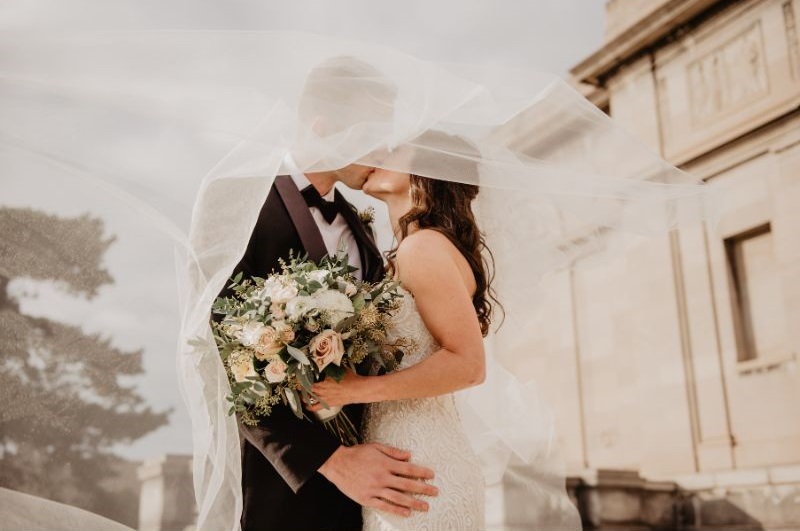
The most beautiful wedding photos happen when you relax and forget the camera is there. Yes, that’s easier said than done, but here’s the secret: focus on your partner, not the lens. Talk to each other, laugh together, whisper inside jokes, and let real moments happen. Your photographer’s job is to capture these authentic interactions, and the resulting images will be far more meaningful than stiff, forced smiles.
What to Do When You Feel Awkward During Your Photo Session
If you’re feeling awkward, tell your photographer immediately. They’ve worked with hundreds of couples and have specific prompts that help you relax and create genuine expressions. A professional photographer knows exactly how to make you feel comfortable and guide you toward natural poses without the pressure of traditional “say cheese” moments.
Simple Prompts That Create Authentic Wedding Photos
- Focus on each other, not the camera: Look at your partner’s eyes, touch their face, hold hands naturally
- Whisper something funny: Inside jokes create real laughter that photographs beautifully
- Talk about your favorite moment: Discussing genuine emotions brings authentic expressions
- Walk together: Movement feels more natural than standing still and creates dynamic shots
- Remember why you’re here: Thinking about your love story relaxes your face and body
When you stop trying to pose and start experiencing the moment, magic happens. Those candid laughs, tender glances, and spontaneous touches become the wedding pictures you’ll treasure most. Trust that while you’re focused on each other and enjoying your special day, your photographer is capturing it all beautifully.
Trust Your Professional Photographer for Better Wedding Pictures
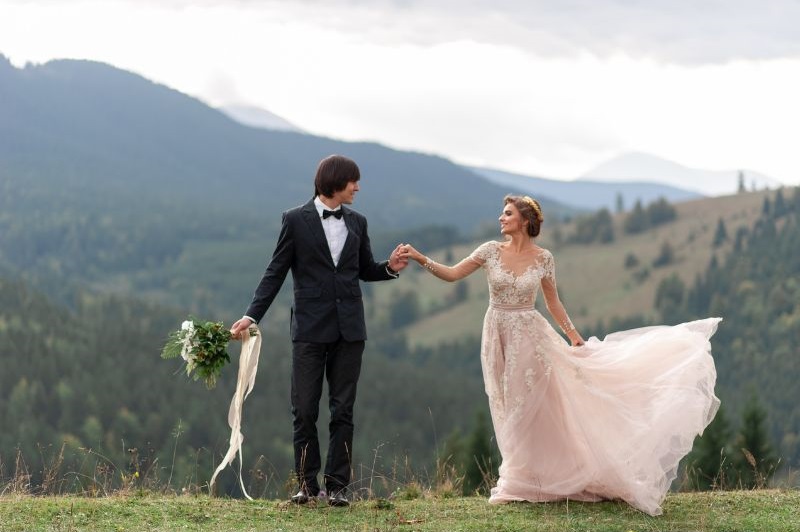
You hired a professional photographer for a reason—they have years of experience and know exactly how to make you look amazing. Trust their guidance when they suggest different angles, better light, or specific poses. If something doesn’t feel comfortable, speak up, but give their suggestions a try. Often, what feels awkward looks absolutely beautiful in the final photograph. When you’re choosing a luxury wedding photographer, look for someone whose style resonates with you.
Looking good in wedding photos comes down to preparation, communication, and trusting the process. Practice during your engagement session, take advantage of the best lighting, and focus on being present rather than perfect. The most flattering photos come from genuine moments of joy, laughter, and love. When you’re relaxed and fully present, that radiance shines through in every shot.
Ready to create stunning wedding photographs you’ll treasure forever?
Celeste Wedding Photography specializes in capturing authentic, elegant moments that tell your unique love story. Explore our portfolio and reach out to start planning your perfect wedding day photography.
Frequently Asked Questions
What should I do the night before my wedding to look good in photos?
Get plenty of sleep, stay hydrated, and avoid alcohol or salty foods that can cause puffiness. Lay out everything you’ll need the next morning to reduce stress. Consider doing a gentle face mask and getting to bed early—well-rested eyes and glowing skin photograph beautifully.
How do I avoid looking shiny in wedding photos?
Ask your makeup artist to use mattifying products and bring blotting papers for touch-ups throughout the day. Shine is normal, especially during an emotional ceremony or first dance, and your photographer can manage it with proper lighting. Light powder touch-ups before major photo sessions help keep shine under control.
Should I practice my smile before the wedding?
While practicing a genuine smile is tricky, try thinking of happy memories or funny moments rather than forcing a “say cheese” grin. Practice in the mirror to see what feels natural, but remember that the best smiles happen when you’re actually happy—which you will be on your wedding day.
What if I feel uncomfortable being photographed?
Communicate this to your photographer early on. They can use prompts and activities that help you forget the camera is there, like walking together, whispering to each other, or focusing on your partner. The engagement session is perfect practice for getting comfortable, and remember that feeling awkward initially is completely normal.
How many outfit changes should I plan for different photo opportunities?
Most brides stick with one wedding dress for the ceremony and portraits, though some change into a reception dress for dancing. If you’re planning multiple looks, coordinate timing with your photographer to ensure you capture photos in each outfit. Keep changes minimal to maximize time for candid moments and ensure you’re not missing key parts of your celebration.
